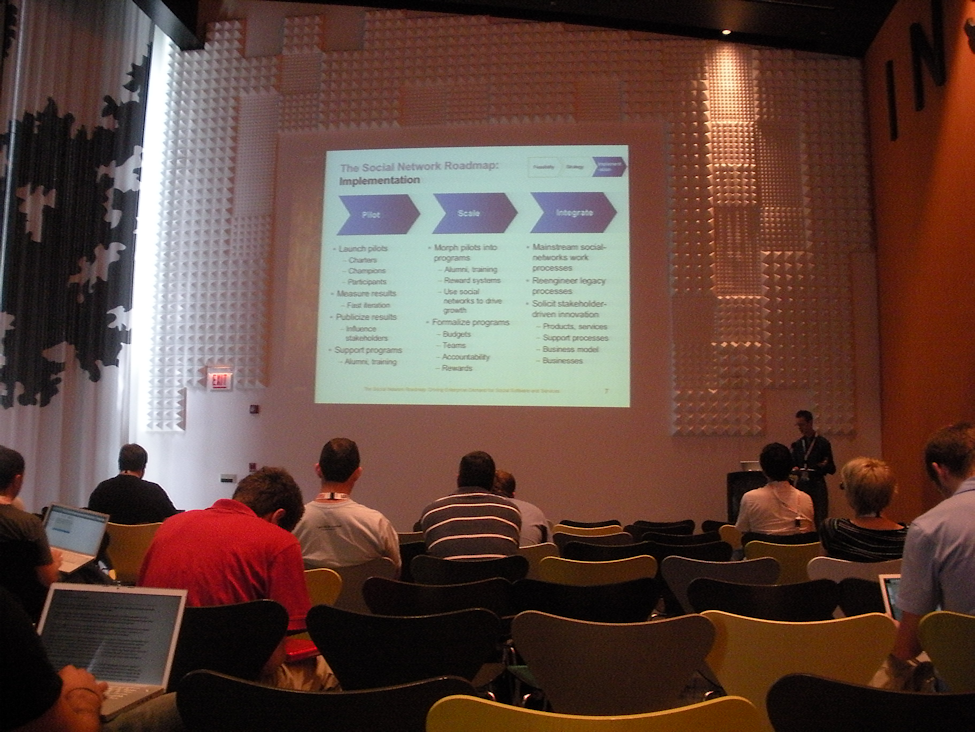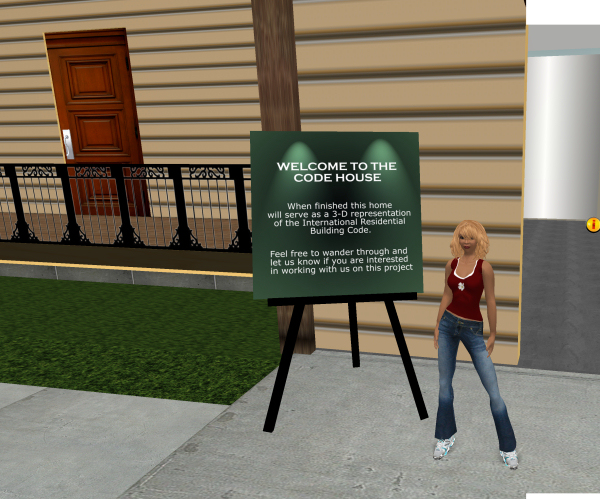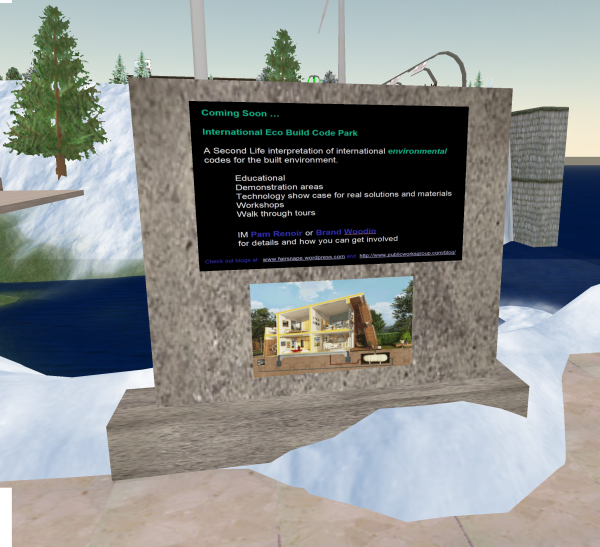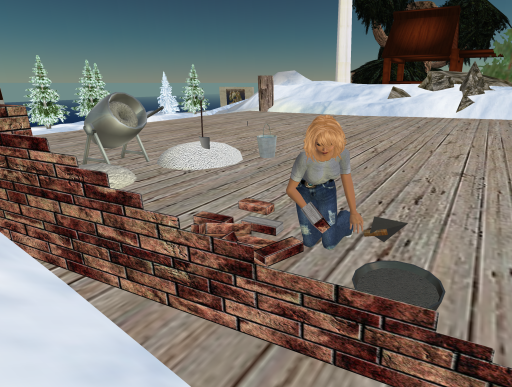Because as a city engineer/director of public works I have to deal with politics on a daily basis, I usually try to avoid getting involved in hard-core political discussions. But lately with the state of the economy, the policies and direction of my home state, and the comments I hear about selling our nation’s infrastructure, I have become more and more concerned about the direction I see our country heading. Particularly in the area in which I am most involved, Public Works.
What finally prompted me to publicly share my opinion on these issues is the most recent article I saw about an interview with Senator Barack Obama. In the interview he alludes to something I have been thinking about quite a bit. The fact that in hard economic times, the last thing a government should do is cut back on investment in infrastructure.
I would have thought that this would be an obvious conclusion to anyone who has studied history. During difficult economic times, it was always public investment in infrastructure that helped keep people working and helped stabilize the economy. And the added benefit is that this is not money wasted. Read any report on the nation’s infrastructure, or better yet, look out your window at the road you are driving on (particularly in Illinois) and chances are you will find a roadway system in desperate need of repair. And if you could see below the surface you would find additional systems such as water, sewer, phone, cable, electric, and gas that are in a similar state of disrepair or that no longer are sized adequately to meet our growing needs.
Putting all tax dollars into social programs at the expense of fixing infrastructure (which is what the governor of Illinois has been trying to do) only pushes more people into poverty or unemployment. Eventually there is no one left to pay the taxes to support the social programs. Construction workers who once were making enough to afford their own health care then become unemployed, and instead of paying taxes end up needing the social services. From my side of the fence, it has always seemed that the construction industry is part of our country’s economic foundation. Why undermine that by channeling funds away from the very industry that is vital to our economy?
The other side of this is that people tend to forget that our nation’s infrastructure is vital to the defense and stability of our country. Defense is the primary reason that the interstate system was constructed. Today, we are so complacent about needing to protect our country that we fail to remember how important infrastructure is to a country’s defense. To the point that some political “leaders” are not only neglecting to maintain this system but are willing to sell this vital asset to the highest bidder.
We like to think that as we become more global, we would have no threat of an invasion or future war on our soil. But what if we did, and then we find out the very country that declares war on us now owns all our water, sewer, roads, bridges, etc. Perhaps some may say that this opinion or fear is unfounded, but with the recent concern over our national security, I would think the last thing we should think about selling as a nation is one of the most important assets we would need to protect ourselves.
The bottom line is that from down here in the trenches (literally), things don’t look good. There are real people here with real concerns – some who with recent gas prices cannot even afford to buy food for their families. And have already begun to fear that next year will be even worse. I can only hope that Senator Obama’s comments at least start some discussion and serious consideration of how we should be moving forward as a nation, and where our tax money can best be spent. As he indicated, the government cannot go wrong investing in Public Works.






